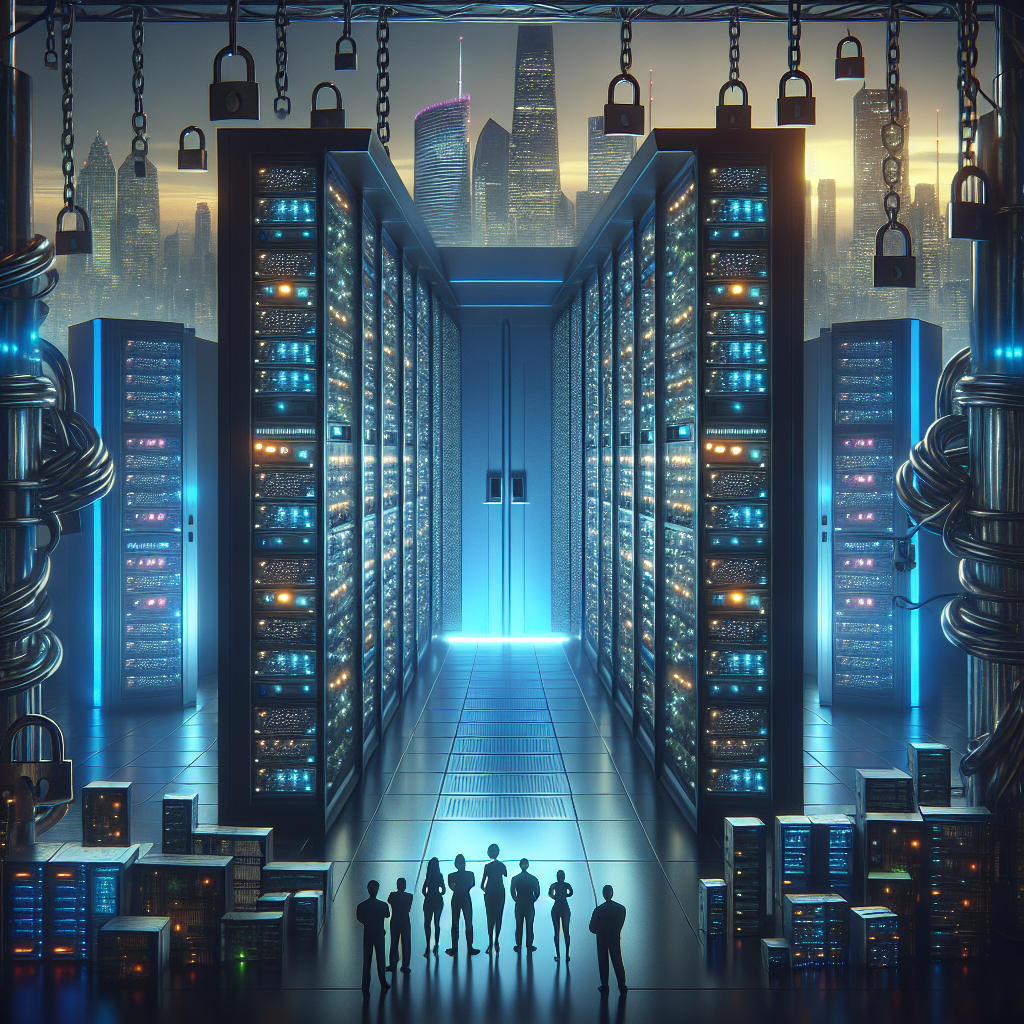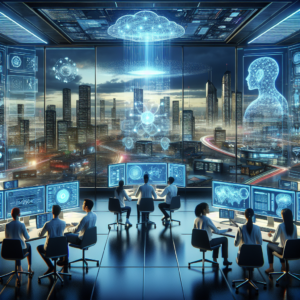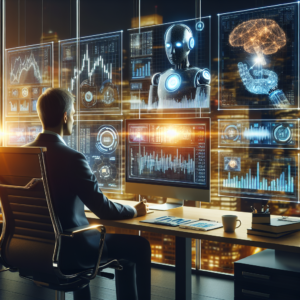The Great AI Lock-In Has Begun
The rapid advancements in artificial intelligence (AI) have sparked both excitement and concern across various sectors. As organizations rush to adopt AI technologies, we find ourselves on the precipice of what some analysts are calling a Great AI Lock-In. This phenomenon is characterized by a growing dependency on AI systems, leading to significant implications for businesses, consumers, and society at large.
In this blog post, we will delve deeper into the concept of AI lock-in, examining its causes, consequences, and potential solutions while providing insights into how this transformative technology shapes our future.
Understanding AI Lock-In
AI lock-in refers to the situation where individuals and organizations become increasingly reliant on AI systems, making it difficult to transition away from these technologies. This dependency can result from various factors:
1. Cost of Transition
Switching from one technology to another often involves substantial costs. Businesses that invest heavily in AI infrastructure may find it economically unfeasible to revert to traditional systems, thus locking them into their current technology choices.
2. Data Dependency
AI systems thrive on data. Organizations that have accumulated vast datasets for training their AI models may hesitate to abandon these systems for fear of losing the insights generated from their data. This reliance on proprietary data exacerbates the lock-in effect.
3. Skill Shortages
As AI technologies evolve, the demand for skilled professionals who can operate, maintain, and innovate within these systems grows. Companies may find it challenging to recruit talent proficient in newer systems, further entrenching their reliance on existing AI solutions.
The Consequences of AI Lock-In
While AI can offer numerous advantages, the phenomenon of lock-in can have far-reaching implications:
1. Reduced Competition
When companies become locked into specific AI technologies, it may stifle competition. New entrants may struggle to gain traction in a marketplace dominated by established players with entrenched technologies. This reduction in competition can lead to stagnation and limit innovation.
2. Ethical Concerns
AI systems are not without their ethical dilemmas. Lock-in can perpetuate biases inherent in AI algorithms and data sets. Organizations may become complacent, failing to address these biases or consider alternative technologies that may provide more equitable outcomes.
3. Increased Surveillance
As companies become more reliant on AI technologies, they may also adopt surveillance tools to monitor employee productivity and consumer behavior. This can lead to privacy concerns and ethical questions about the extent of monitoring acceptable in our increasingly digital landscape.
Mitigating AI Lock-In
To navigate the challenges posed by AI lock-in, organizations must adopt strategies that promote flexibility and adaptability:
1. Embrace Open Standards
Adopting open standards can help reduce dependency on proprietary technologies. By using open-source AI frameworks, businesses can maintain flexibility and avoid being tied to a single vendor.
2. Invest in Talent Development
To combat skill shortages, organizations should invest in training and development programs for their employees. By fostering a culture of continuous learning, companies can equip their workforce with the skills needed to adapt to evolving AI technologies.
3. Prioritize Ethical AI Practices
As organizations embrace AI, they must prioritize ethical practices in their implementations. Regular audits of AI systems can help identify and mitigate biases, ensuring that the technologies used promote fairness and transparency.
The Future of AI and Society
The implications of AI lock-in extend beyond individual organizations. The increasing reliance on AI systems could reshape societal norms, including how we approach work and interpersonal relationships. Some potential future scenarios to consider include:
1. The Rise of AI-Driven Economies
As AI technology becomes more entrenched in various industries, we may witness the emergence of AI-driven economies. Businesses that harness the power of AI may outpace their competitors, leading to significant shifts in market dynamics.
2. Changing Workforce Dynamics
The integration of AI tools in the workplace could reshape job roles, potentially displacing certain jobs while creating new opportunities. As organizations adapt, workers must also evolve, acquiring new skills to thrive in an AI-enhanced labor market.
3. Evolving Consumer Expectations
As AI becomes more prevalent, consumer expectations will likely shift. Individuals may demand more personalized experiences and greater transparency from businesses regarding how AI is used to influence their decisions.
Conclusion
The Great AI Lock-In presents both challenges and opportunities for organizations and society as a whole. While AI technology has the potential to revolutionize industries and enhance productivity, there are significant risks associated with becoming overly dependent on these systems. By embracing open standards, investing in talent, and prioritizing ethical considerations, we can navigate the complexities of AI adoption and ensure a future where technology serves humanity rather than constricts it.
As we stand on the brink of this AI revolution, it is imperative for stakeholders—business leaders, policymakers, and everyday consumers—to engage in conversations about the implications of AI lock-in. Only through collaboration and critical reflection can we harness the potential of AI while safeguarding against the pitfalls of dependency.



